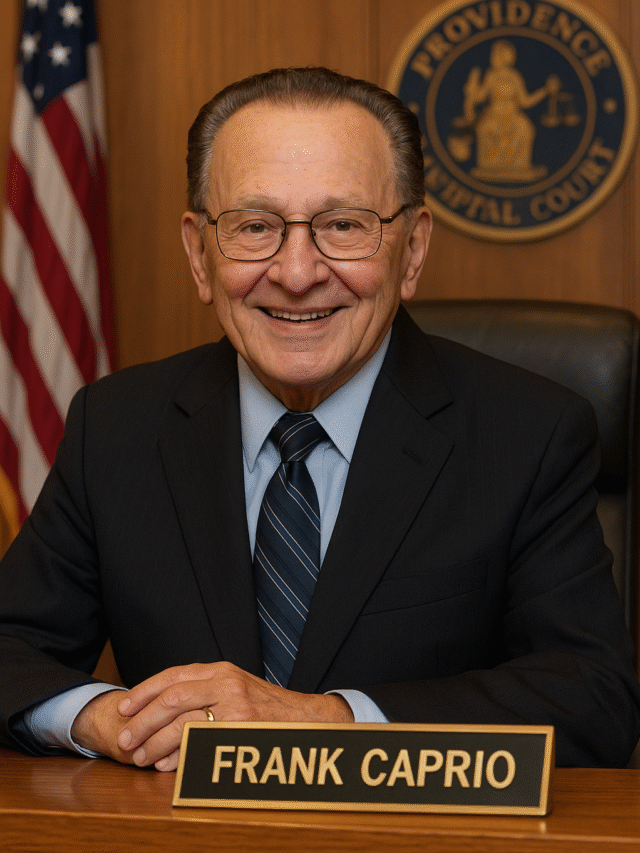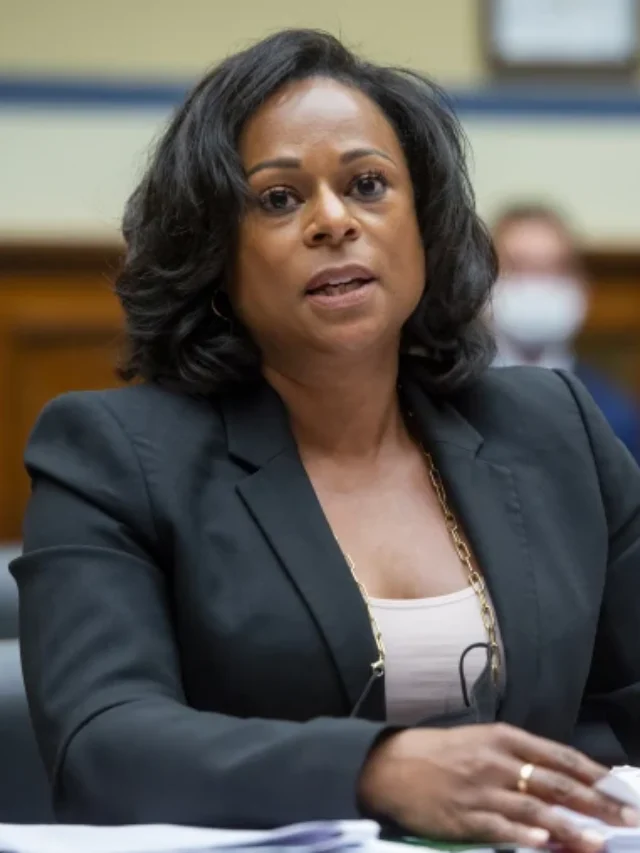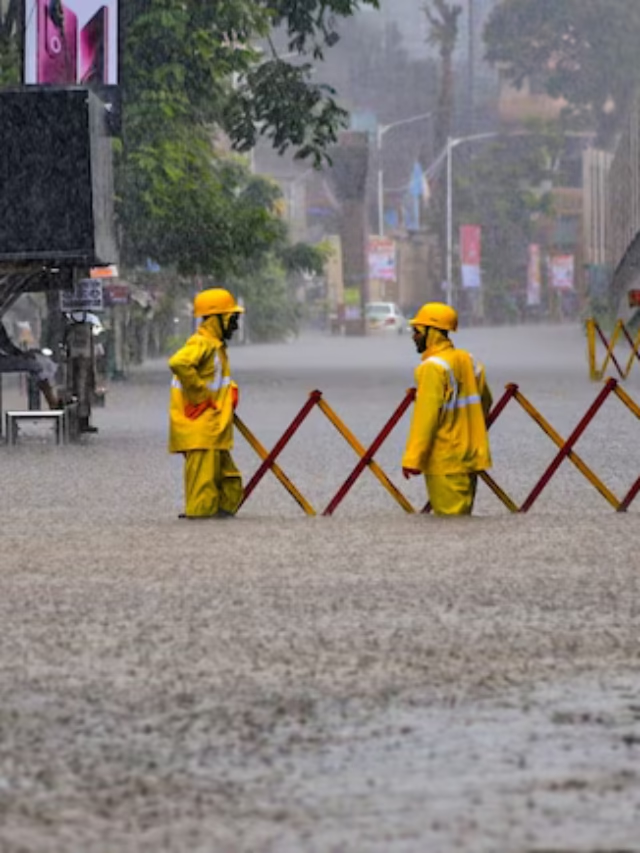
The Vice President of India holds the second-highest constitutional office in the country after the President. While often seen as a ceremonial role, the Vice President of India plays a crucial part in the Indian parliamentary system. From presiding over the Rajya Sabha (Council of States) to stepping in as acting President when needed, the Vice President's role is both symbolic and functional.
This blog provides a detailed overview of the Vice President of India, covering his duties, powers, election process, eligibility criteria, and a comprehensive list of past Vice Presidents.
Constitutional Position of the Vice President
The office of the Vice President is established under Article 63 of the Indian Constitution, which states:
“There shall be a Vice-President of India.”
- Rank: Second-highest constitutional office in India.
- Ex-Officio Position: Chairman of the Rajya Sabha.
- Election: Indirectly elected by an Electoral College.
- Term: 5 years (but can continue until a successor takes office).
Roles and Responsibilities
1. Presiding Officer of the Rajya Sabha
As the ex-officio Chairman of the Rajya Sabha, the Vice President:
- Presides over its sessions.
- Maintains discipline and decorum.
- Decides on the admissibility of questions, motions, and debates.
- Cannot vote except in the case of a tie.
2. Acting as President
In case of:
- Resignation, removal, death, or incapacity of the President, the Vice President acts as the President until a new one is elected.
3. Diplomatic Functions (if needed)
During his tenure as Acting President, the Vice President can represent India at international events or in diplomatic dealings.
Eligibility Criteria
To become the Vice President of India, a person must:
- Be a citizen of India.
- Have completed 35 years of age.
- Be qualified to be elected as a Member of the Rajya Sabha.
- Not hold any office of profit under the government of India or any state government.
Election Process
The Vice President is not elected by the people directly. Instead, the process involves:
Electoral College:
- Composed of members of both Houses of Parliament (Lok Sabha and Rajya Sabha).
- Nominated members are also eligible to vote.
- State Legislative Assemblies do not vote.
Voting System:
- Proportional representation by means of the single transferable vote.
- Secret ballot is used.
Conducted by: Election Commission of India.
Oath and Affirmation
The Vice President takes the oath of office before the President of India. The oath includes:
- Faith and allegiance to the Constitution.
- Faithfully performing the duties of the office.
Term and Removal
Term:
- 5 years from the date of entering office.
- Eligible for re-election any number of times.
Resignation:
- Can resign by writing to the President.
Removal:
- Can be removed by a resolution passed by the Rajya Sabha with an absolute majority and agreed to by the Lok Sabha.
- No grounds need to be specified, unlike the impeachment of the President.
Powers of the Vice President
Though largely ceremonial, the Vice President holds several constitutional powers:
1. Legislative Powers:
- Conducts business in the Rajya Sabha.
- Ensures that debates follow parliamentary rules.
2. Emergency Powers:
When acting as President, he can:
- Declare emergency under Article 352, 356, or 360.
- Appoint governors, ministers, and judges.
Vice President vs President: Key Differences
| Feature | Vice President | President |
|---|---|---|
| Position in hierarchy | 2nd Highest | Highest |
| Election by | MPs only | MPs + MLAs |
| Role in Parliament | Chairman of Rajya Sabha | Summons/dissolves Parliament |
| Executive powers | Limited | Extensive |
| Voting in Parliament | Only in case of a tie | No vote |
List of Vice Presidents of India (1952 - Present)
| No. | Name | Term | Remarks |
|---|---|---|---|
| 1 | Dr. S. Radhakrishnan | 1952–1962 | Later became President |
| 2 | Dr. Zakir Husain | 1962–1967 | Became President |
| 3 | V. V. Giri | 1967–1969 | Acting President |
| 4 | Gopal Swarup Pathak | 1969–1974 | |
| 5 | B. D. Jatti | 1974–1979 | Acted as President |
| 6 | M. Hidayatullah | 1979–1984 | Former CJI |
| 7 | R. Venkataraman | 1984–1987 | Became President |
| 8 | Dr. Shankar Dayal Sharma | 1987–1992 | President later |
| 9 | K. R. Narayanan | 1992–1997 | First Dalit President |
| 10 | Krishan Kant | 1997–2002 | Died in office |
| 11 | Bhairon Singh Shekhawat | 2002–2007 | First BJP VP |
| 12 | Mohammad Hamid Ansari | 2007–2017 | Two terms |
| 13 | M. Venkaiah Naidu | 2017–2022 | Former Union Minister |
| 14 | Jagdeep Dhankhar | 2022–Present | Current Vice President |
About the Current Vice President – Jagdeep Dhankhar
Born: May 18, 1951
State: Rajasthan
Profession: Lawyer, Politician
Political Party: Bharatiya Janata Party (BJP)
Career Highlights:
- Former Governor of West Bengal
- Served as Member of Parliament (Lok Sabha)
- Minister of State for Parliamentary Affairs
Interesting Facts About the Vice President of India
- Dr. S. Radhakrishnan was a world-renowned philosopher.
- Several Vice Presidents became Presidents later.
- Vice President’s term is more stable as Rajya Sabha never dissolves.
- Mohammad Hamid Ansari served two terms – the only one so far.
Conclusion
The Vice President of India may not have direct executive powers like the Prime Minister or President, but the role is vital for the smooth functioning of India’s democracy. As the presiding officer of the Rajya Sabha and a potential acting President, the Vice President serves as a bridge between the executive and legislative branches.
FAQs About the Vice President of India
Q1. Who elects the Vice President of India?
The Vice President of India is elected by members of both Houses of Parliament using proportional representation.
Q2. Can the Vice President become the President?
Yes, several Vice Presidents have gone on to become the President.
Q3. How long is the Vice President's term?
5 years.
Q4. Does the Vice President have any legislative powers?
Yes, he/she acts as the Chairman of the Rajya Sabha and controls its proceedings.










